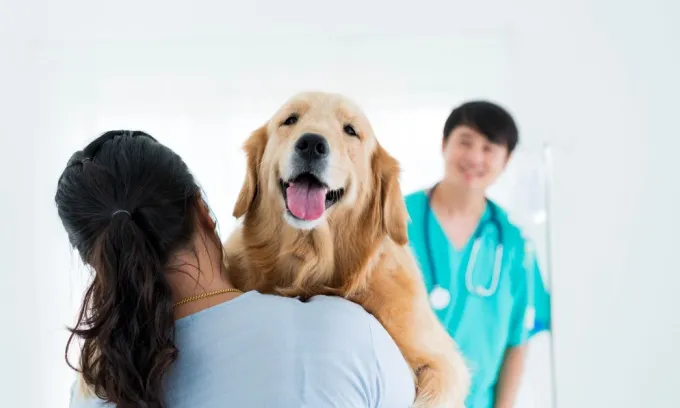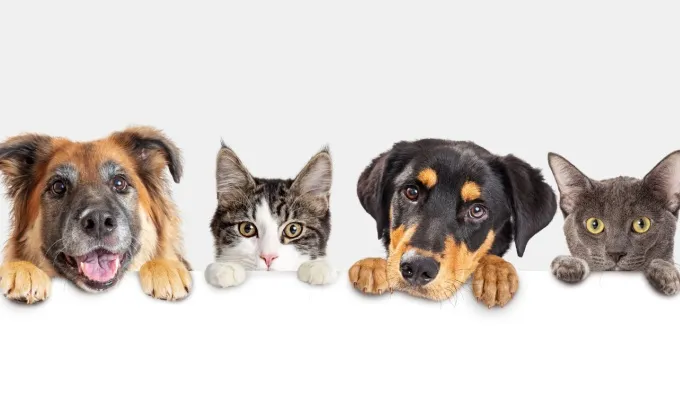Pets are loving and faithful companions, but they can also be expensive, especially when they get sick. Having pet insurance can be a good way to offset vet bills if your pet is inured in an accident or requires surgery, but it’s important to have the right kind of cover. For instance, accident-only pet insurance will just cover for emergency surgery, while accident and illness cover will also allow you to claim for the treatment of certain illnesses.
Besides having the right level of cover, it’s also important to know what you are not covered for – which is to say, what’s excluded from your pet insurance. Understanding pet insurance exclusions and how they work could save you a lot of financial and emotional stress down the line.
What are some common pet insurance exclusions?
Pet insurance, much like health insurance for humans, does not cover every possible illness and injury. The things that are expressly listed as not covered by the insurance provider are known as exclusions. These might include:
1. Pre-existing conditions
A pre-existing condition is a condition that first existed or first occurred in your pet before you took out your insurance policy, or a condition that occurs within any applicable waiting periods. Generally speaking, there are two types of pre-existing conditions – temporary pre-existing conditions, which may be excluded from your cover for period of time, and chronic pre-existing conditions, which will likely always be excluded.
According to Everyday Insurance, a temporary pre-existing condition is one that resolves with treatment. A condition like this can be removed as an exclusion on your policy if your pet has not showed any signs of it within a set period of time. A chronic pre-existing condition, on the other hand, is a prolonged condition that requires ongoing treatment or care. These conditions can include:
- Hip dysplasia
- Cruciate ligament conditions
- Intervertebral disc disease (IVDD)
- Luxating patella
- Endocrine diseases
- Other chronic conditions
2. The age of your pet
Some pet insurance products will not accept an application for insurance cover after your pet reaches a certain age. If your dog or cat is older than eight or nine, then you may only be able to purchase accident only pet insurance, and you may not be allowed to reinsure if your cover lapses at any point after this age.
3. Diseases for which there is a known vaccine
Not keeping up to date with your pet’s vaccinations could result in an unhappy and costly surprise if your pet succumbs to something nasty that could have been prevented with a jab. This also applies to kennel cough, so don’t forget to get your dog vaccinated for that particular nasty if you ever plan on using boarding kennels while you’re away on holidays.
An example for cats is that cat breeds at risk of feline leukaemia are required to have the vaccine against this virus.
Some insurance providers treat preventative treatments such as worming tablets to be vaccines for heartworm prevention, so they require you to keep up-to-date with your cat or dog’s worm tablets in order to cover heartworm or other worms.
4. Pregnancy
As pet insurance is designed for pet owners rather than breeders, policies do not usually cover pregnancy, obstetrics, difficulty giving birth, or other breeding conditions. Now seeing as, in the words of the RSPCA, “de-sexing your pet is part of your responsibility as a responsible pet owner”, this shouldn’t be a problem.
But if you haven’t de-sexed your pet, it is not uncommon for some breeds to have difficulties during pregnancy and labour, that require expensive vet treatment. For example, Pugs always require C-section surgery to deliver a litter. This breed has been bred for a certain appearance, and their round heads are simply too big – even as a baby – to fit through their narrow pelvic canal.
5. Failure to take due care
Keeping a dog with no road sense in an unfenced yard, leaving your cat outside with no water or food for a weekend while you are away or delaying a vet visit for a sick animal are all actions that could void your insurance.
Compare Pet Insurance6. Owning a banned breed
A breed or cross-breed of dog that is banned by either the government or a local authority will generally not be eligible for insurance. Similarly, if your dog is declared dangerous or registered under the Dangerous Dog Act, insurance may not be obtainable.
What are some other exclusions for pet insurance?
Some other common pet insurance exclusions include:
- Dental procedures
- Elective procedures and treatments
- Ambulance or non-essential hospital admission
- Organ transplant or artificial limbs
- Genetic chromosome testing
- Cell replacement therapies
- Regular prescription diets
What is routine care pet insurance?
Routine care is an optional extra package that can be purchased alongside pet insurance, that covers certain routine procedures that are not covered under typical accident and illness cover. With a routine care package, you can also claim towards the cost of procedures like desexing, heartworm treatments, dew claw removal, microchipping, teeth cleaning and dental illness treatment, and sometime even behavioural therapies or obedience training.
How do you know what you’re covered for with pet insurance?
Remember, whichever policy you opt for, and however comprehensive it may seem, always be sure to carefully read the terms and conditions. You don’t want to sign up for a policy, only to find out that common health problems for your breed or other potential issues are excluded, and see yourself shelling out vast sums of money in the future.
You can read about the different types of pet insurance policies here.
Compare Pet InsuranceIn addition to possible exclusions, you should also make yourself aware of any out of pocket costs you may have in the event that a claim is successful. Two things you need to know about are the excess and the benefit limit:
The co-share percentage or excess
The “co-share” or “excess” are the minimum percentage of the veterinary fee that you will be expected to cover. For example, a 20% co-share of a $100 account would cost you $20. Understand your co-share duties, to ensure that the cost of veterinary treatment will be affordable for you.
The benefit limit
Be aware that many policies may have lifetime benefit limits for certain conditions. Once you have reached the limit allowable, you will be faced with out of pocket expenses for further treatment. Many policies also have annual limits for specific conditions, so be aware of the limits that apply to your policy.
Compare Pet Insurance
Cover image source: thirawatana phaisalratana/Shutterstock.com








